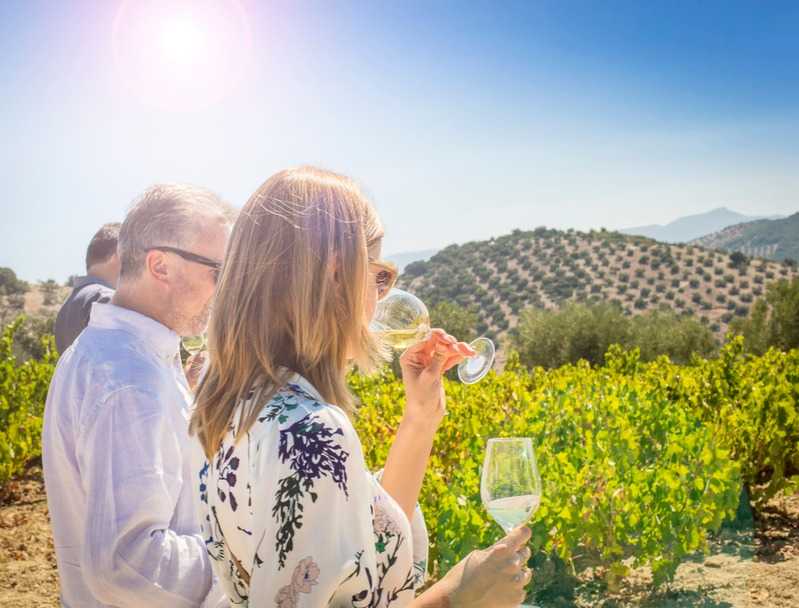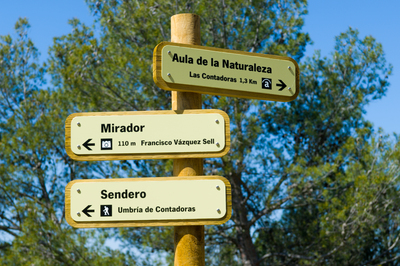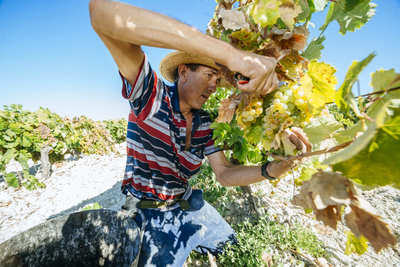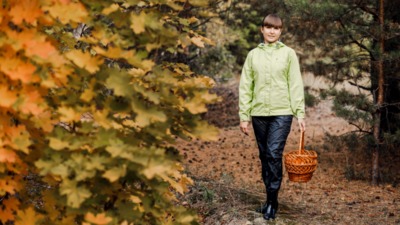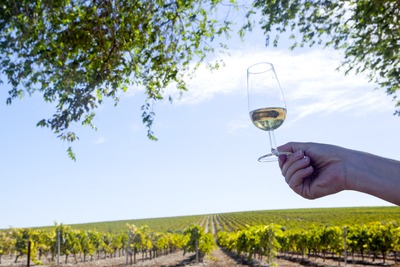The Grape Harvest: vineyards, wineries and wine presses
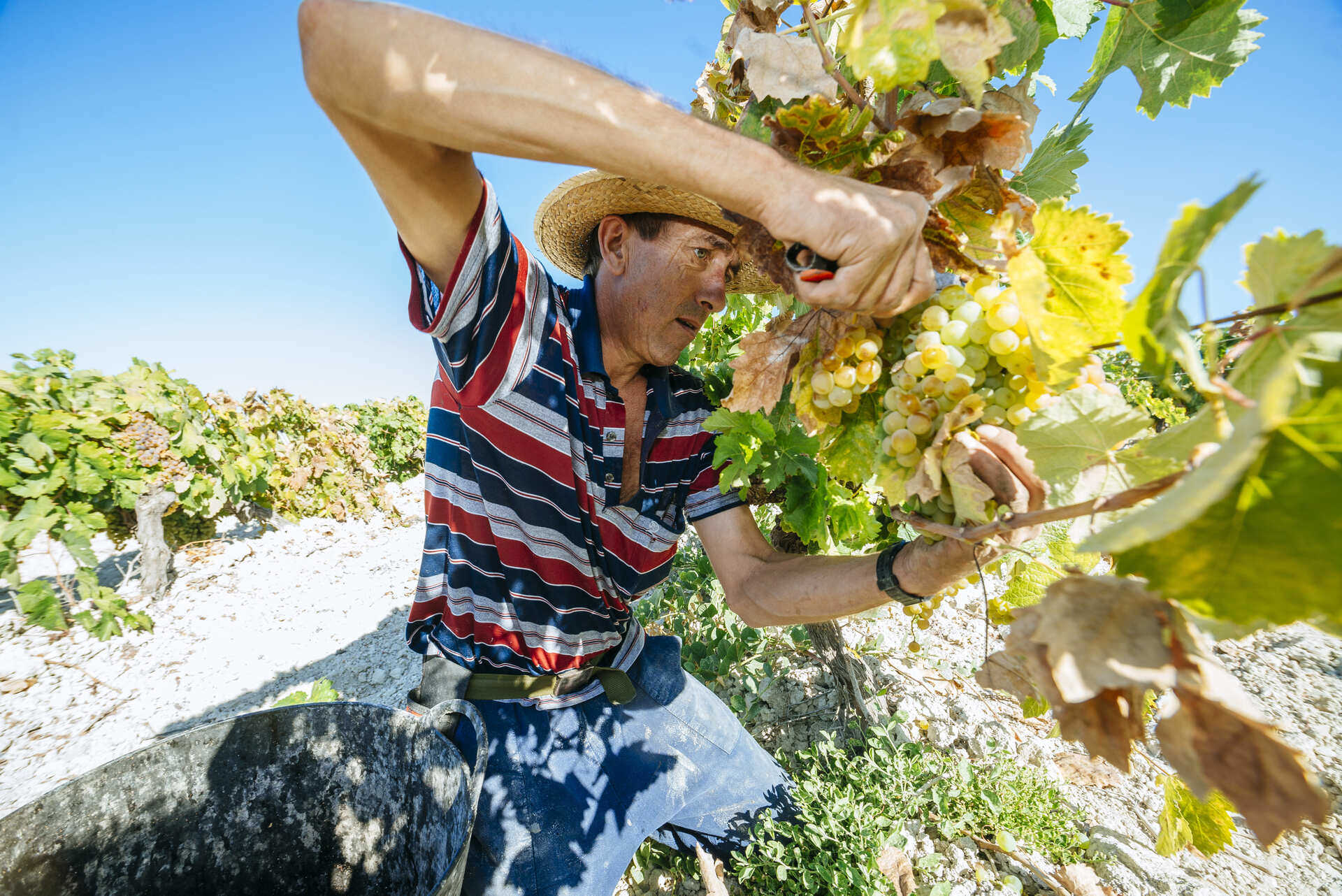
Although the grape harvest happens early in some vineyards (in August), it mainly takes place in September and October, when autumn comes. Every year, the harvest brings the wine growing cycle to a close, offering us its prized fruit. And after such hard work and dedication, it's time to celebrate the harvest in style. Grape harvest festivals, which take place in many Andalusian towns, are a great place to learn about wine culture, take part in traditions and enjoy the popular atmosphere around the grape harvest. You shouldn't miss them!
The diverse landscapes, soils, topographic conditions and climates in Andalusia have helped to develop the great variety of quality wines in the region. Many of them have been exported internationally for centuries, such as sherry and manzanilla, and other lesser-known wines are the best kept secret of our food and wine culture. The numbers speak for themselves: 9 designations of origin, including one aromatised wine, and 16 protected geographical designations. Wow!
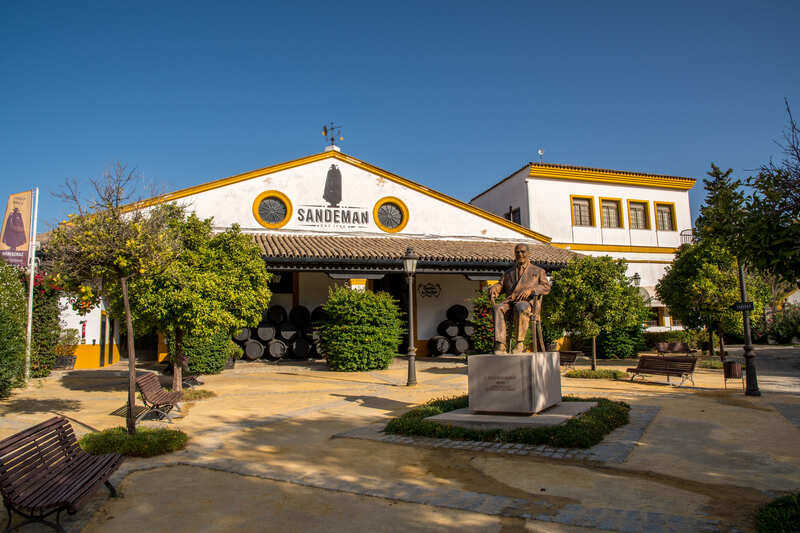
You can almost taste them when you hear their names. We have the DO: Jerez-Sherry, Manzanilla de Sanlúcar, Montilla-Moriles, Condado de Huelva, Condado de Huelva orange wine, Malaga, Sierras de Malaga, Lebrija and Granada wine. And then we have PGI wine: Desierto de Almería, Laujar-Alpujarra, Norte de Almería, Ribera del Andarax, Sierra de las Estancias y los Filabres, Cádiz, Córdoba, Villaviciosa de Córdoba, Altiplano de Sierra Nevada, Cumbres del Guadalfeo, Laderas del Genil, Bailén, Sierra Sur de Jaén, Torreperogil, Los Palacios and Sierra Norte de Sevilla. But that's not all, because there are also many other high-quality wines that don't need an official mark to prove their worth: Rota Tintilla, Malaga Pajarete, Chipiona Moscatel, Aljarafe Must, etc. There are so many wines waiting to be tasted!
You can always taste them at home, but if you get the chance, come and enjoy them at a special event: enjoy the vineyards and wineries, landscapes and the architecture of wine. Find out what a "bota" is; discover how "flor", a film of yeast, forms in winemaking; learn about the wine ageing process or partake in some traditional grape-stomping. These are things you can do to shed some light on this mysterious process that results in the best wines in the world, just like the light that pierces through the cracks of a barrel at sunrise.
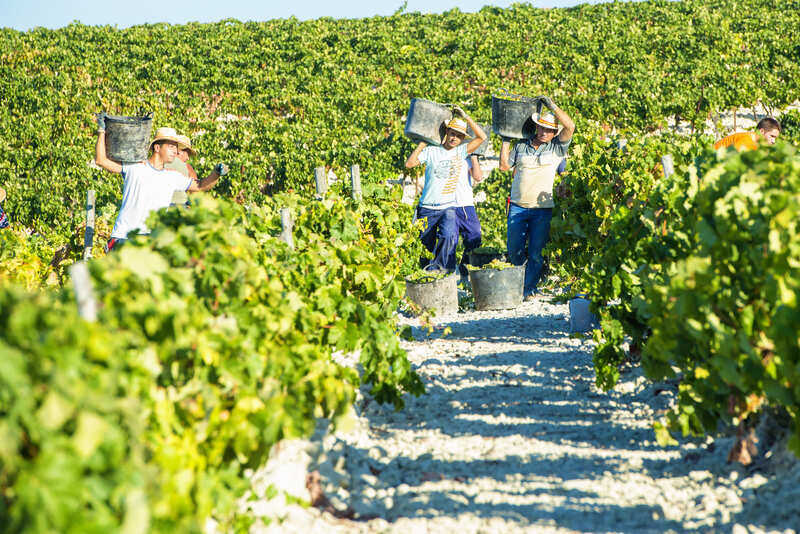
And don't forget—the wine and harvest festivals also offer you enough reasons to visit these food and wine destinations. Don't miss the chance to taste a glass of manzanilla as you savour some Sanlúcar prawns or a crispy shrimp omelette; enjoy drinks before lunch with good sherry and a typical tapa of hot garlic, bull's tail, cabbage, artichokes or kidneys; and discover the art of Lower Andalusia, flamenco and horses, which are ever-present at the Jerez Harvest Festival.

In Moriles and Montilla, where the Virgen de las Viñas (Our Lady of the Vineyard) is venerated, in the traditional "Wine Tasting" you can pair the wine with dishes made with local produce, such as dry broad bean stew and young pigeon with olives or almonds. In Bollullos Par del Condado, wine is paired with white prawn, Iberian ham or stew.
But Andalusia is vast and there are wines and festivals to suit all tastes. In the eastern part of the Malaga, in the Malaga Axarquia, in Cómpeta they celebrate the Night of Wine on 15 August, the date on which the peasants used to go to the farmhouses to harvest the grapes. They would say goodbye until their return in October. There is "Verdiales" flamenco music and wine tastings, and you can also taste the fennel stew with rice, fried pumpkin and pastoral roast. And how about the Alpujarras? The festivals in its towns serve sausages, cheese and "ajoblanco" (chilled garlic and almond soup), which are washed down with wine from the vineyards growing at the highest altitudes in Europe.
